Riveting andRivet Welding Manufacturing: Reliable solutions for modern industrial connectivity
From the steel structure of cross-sea bridges to aerospace vehicles, from the skeleton of heavy machinery to the shell of precision instruments, riveting and welding manufacturing technology, with its unique structural advantages, has become an indispensable connection process in modern industry.
In industrial manufacturing, the choice of joining technology has a direct impact on the structural strength, service life and safety of a product. Rivet welding – a composite process that combines the reliability of riveting with the efficiency of welding – is becoming the preferred joining solution for heavy-duty structures, vibrating equipment, and special operating conditions. With the ever-increasing demands for structural safety in the manufacturing industry, the technological innovation and application expansion of riveting and welding manufacturing processes are leading the way in the innovation of industrial joining technology.
Rivet welding technology analysis: the perfect fusion of tradition and modernity
Rivet welding is a manufacturing process that integrates the use of both riveting and welding joining methods, making full use of the vibration and fatigue resistance properties of riveting as well as the structural continuity and sealing advantages of welding to form a unique composite joining solution.
Basic principles of the rivet welding process
Rivet welding manufacturing is essentially the organic combination of two different metal connections:
Welding section: A permanent connection is formed by heat or pressure that brings the metal joint to a state of atomic bonding. This method achieves continuity and integrity of the material.
Riveted sections: two or more workpieces are joined together by means of mechanical fasteners such as rivets. This method relies on mechanical interlocking and has good resistance to loosening.
The main types of rivet welding processes
Rivet welding can be classified into various types according to the process sequence and combination:
Welding before riveting: Welding operation is carried out first to determine the basic structure and then riveting is carried out to strengthen it, which is applicable to the manufacture of large structural parts.
Rivet first and then weld: Initial positioning by riveting first, then welding operation, suitable for precision component assembly.
Hybrid Rivet Welding: Welding and riveting processes are used at the same time at the same connection point, giving full play to the synergistic effect of the two methods.
Advantages of riveted manufacturing: why it’s the first choice for heavy industry
Excellent structural reliability
The core advantage of riveted manufacturing is its unrivalled structural reliability:
Anti-vibration performance: the riveted part can effectively absorb and disperse the vibration energy, to prevent fatigue cracks in the connection part due to long-term vibration, especially suitable for equipment manufacturing in the fields of engineering machinery, rail transport and so on.
Overload protection: Under extreme loading conditions, riveted sections can act as “safety valves”, showing visible deformation and providing early warning signals before the structure fails, a feature that is particularly important in bridge construction and lifting equipment.
Redundant design: Welding and riveting form a double insurance, even if one side fails, the other side can still maintain the basic structural integrity, which greatly improves the safety factor of the overall structure.
Wide range of process adaptations![图片[1]-铆焊与铆焊制造:现代工业连接的可靠解决方案(铆焊工艺对不同材料和工况表现出极佳的适应性)-大连富泓机械有限公司](https://cndlfh.com/wp-content/uploads/2025/10/QQ20251002-201112.png)
The rivet welding process shows excellent adaptability to different materials and working conditions:
Dissimilar material connection: able to effectively connect metal components of different materials and thicknesses, solving many problems that are difficult to deal with in traditional connection methods.
Strong quality controllability: riveting quality can be confirmed by visual inspection, while welding quality can be verified by non-destructive testing, the dual quality assurance system improves the overall reliability of the product.
Convenient on-site adjustment: Compared with purely welded structures, riveted manufacturing makes it easier to make dimensional adjustments and corrections at the installation site, reducing assembly difficulties and costs.
Significant economic benefits
Rivet-welded manufacturing demonstrates significant economies when considered in terms of total life-cycle costs:
Convenient Maintenance: Individual rivets can be replaced individually if damaged, eliminating the need for large-scale repairs and significantly reducing maintenance costs and time.
Long Life Cycle: Properly executed riveted structures can last for decades, and many century-old riveted bridges are still in safe use today.
Inspection is intuitive: loose or worn rivets can be detected by simple inspection and condition assessment can be carried out without the need for complex equipment.
Rivet Welding Manufacturing ProcessProcess details
Rivet welding manufacturing is a systematic project that includes several rigorous process aspects:
preliminary stage
Material Selection and Treatment: Select the appropriate parent material and rivet material according to the design requirements, and carry out the necessary surface treatment to ensure that the quality of the material meets the standard.
Process planning: Determine the sequence, parameters and methods of riveting and welding, and develop detailed process procedures, including the selection of welding methods, riveting type determination.
Tooling design: Design and manufacture of special jigs and moulds to ensure accurate positioning and fixing of workpieces in the riveting and welding process.
processing stage
Positioning and fixing: The workpiece is precisely fixed to a predetermined position by means of a temporary connection point or a special fixture to ensure assembly accuracy.
Welding operation: carry out welding operation according to the predetermined process, control welding deformation and ensure welding quality.
Riveting implementation: riveting in critical areas, using appropriate riveting methods to ensure the quality of riveting.![图片[2]-铆焊与铆焊制造:现代工业连接的可靠解决方案(铆焊工艺对不同材料和工况表现出极佳的适应性)-大连富泓机械有限公司](https://cndlfh.com/wp-content/uploads/2025/09/QQ20250829-200803-800x679.png)
Post-processing and inspection
Stress Relief: The elimination of residual stresses generated during the riveting and welding process by heat treatment or other methods.
Shaping correction: Correction of work with excessive deformation to ensure that the final dimensions are in accordance with the design requirements.
Quality inspection: Adopt appearance inspection, non-destructive testing, dimensional measurement and other methods to comprehensively assess the quality of riveting and welding.
Rivet Welding Manufacturing Practices in Different Industries
Heavy machinery manufacturing
In the construction machinery, mining equipment and other heavy machinery manufacturing, riveting manufacturing plays a key role:
Excavating motor arm: adopts box riveted structure, which ensures the strength and rigidity of the structure and provides good anti-vibration performance.
Mining crushing equipment: riveting and welding composite connection is adopted in the parts with serious impact load, which greatly improves the service life of the equipment under bad working conditions.
Large pressure vessel: Rivet welding structure is adopted in the connection between head and cylinder to ensure the sealing and pressure-bearing capacity of the connection part.
Bridge construction field
Bridge engineering is a classic area for the application of rivet welding technology:
Steel bridge node connection: In the node parts with complex stress, riveting and welding joint connection is adopted to effectively cope with dynamic loads and temperature stresses.
Connection of bridge deck system: The connection of bridge deck load-bearing structure and supporting structure often adopts riveting and welding method, taking into account the structural strength and seismic performance.
Bridge reinforcement works: In the reinforcement and renovation of old bridges, riveting and welding techniques are often the preferred option for connecting old and new structures.
Aerospace
The aerospace industry has extremely demanding requirements for connection technology:
Aircraft fuselage connections: special aerospace riveting technology is used in critical stress areas to ensure the reliability of the connections under severe vibration and temperature changes.
Spacecraft structure: Using special riveting and welding process to connect structural components of different materials to meet the dual requirements of light weight and high strength.
Engine mount: High temperature riveting and welding process is adopted to ensure the stability and durability of the connection under high temperature environment.
Technological innovation and development trend of rivet welding manufacturing
Automation and Intelligent Development
Traditional riveting manufacturing is rapidly developing towards automation and intelligence:
Robot riveting and welding system: industrial robots are used to realise automated riveting and welding operations, improving production efficiency and quality consistency.
Intelligent inspection technology: based on machine vision and sensor technology, real-time monitoring of riveting process parameters and quality indicators.
Adaptive control system: automatically adjust the process parameters according to the material characteristics and changes in working conditions to achieve the optimal riveting effect.
Integration of new materials and processes
As new materials continue to emerge, riveting technology continues to innovate:
Composite material riveting: develop special riveting process applicable to the connection of composite materials and metals to expand the scope of application.
Dissimilar material joining: Develop specialised riveting solutions for the joining of materials of different natures.
Special environment riveting: development of riveting technology and materials suitable for extreme environments (high temperature, low temperature, corrosive environments).
Green Manufacturing and Sustainable Development
Modern rivet manufacturing is more environmentally friendly and sustainable:
Low-energy process: develop riveting methods with concentrated energy and low heat input to reduce energy consumption.
Environmentally friendly materials: use non-polluting or low-polluting riveting and welding materials to reduce the impact on the environment.
Removable design: Considering the whole life cycle of the product, design the riveted structure which is easy to be disassembled and recycled.
Quality control and testing standards for rivet welding process
The quality of riveting and welding manufacturing is directly related to product safety, and a strict quality control system must be established:
Process quality control
Process evaluation: Process evaluation tests are carried out to determine the optimum range of process parameters prior to formal production.
Personnel certification: strict training and qualification of riveting and welding operators to ensure the standardisation of operations.
Equipment Monitoring: Regular calibration and maintenance of riveting and welding equipment to ensure it is in good condition.
Finished product quality inspection
Appearance inspection: Check the appearance quality of the riveted parts, including weld shaping, rivet arrangement, and so on.
Dimensional measurement: Measure critical dimensions and form tolerances to ensure compliance with design requirements.
Non-destructive testing: Use ultrasound, rays and other non-destructive testing methods to detect internal quality defects.
Performance testing: Perform the necessary mechanical performance tests to verify connection strength and serviceability.
With the manufacturing industry to high-end, intelligent direction, riveting and welding technology, the traditional connection process is renewed new vitality. Modern riveting and welding manufacturing is no longer just a simple combination of riveting and welding, but a fusion of materials science, structural mechanics, automatic control and other multidisciplinary knowledge of systems engineering technology.
In the future industrial development, riveting manufacturing will continue to rely on its unique technical advantages, in heavy equipment, bridge construction, aerospace and other key areas to play an irreplaceable role. For manufacturing enterprises, mastering advanced riveting technology and establishing a perfect riveting manufacturing system will be an important guarantee to enhance product competitiveness and win the high-end market.

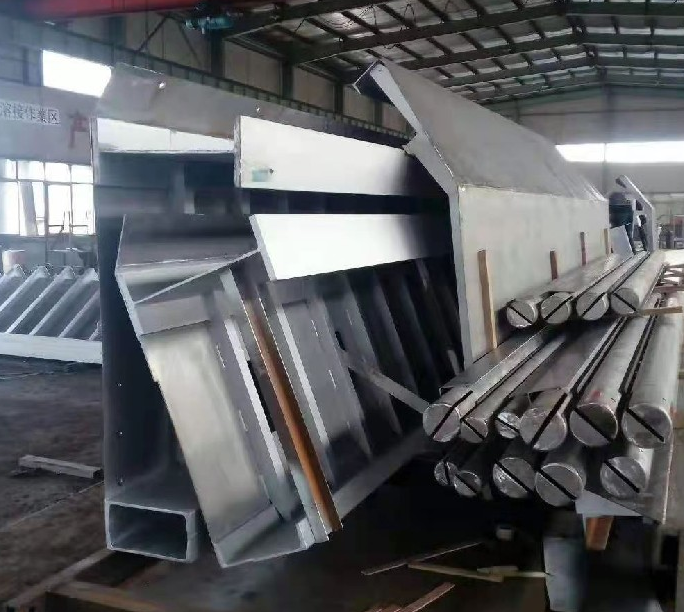


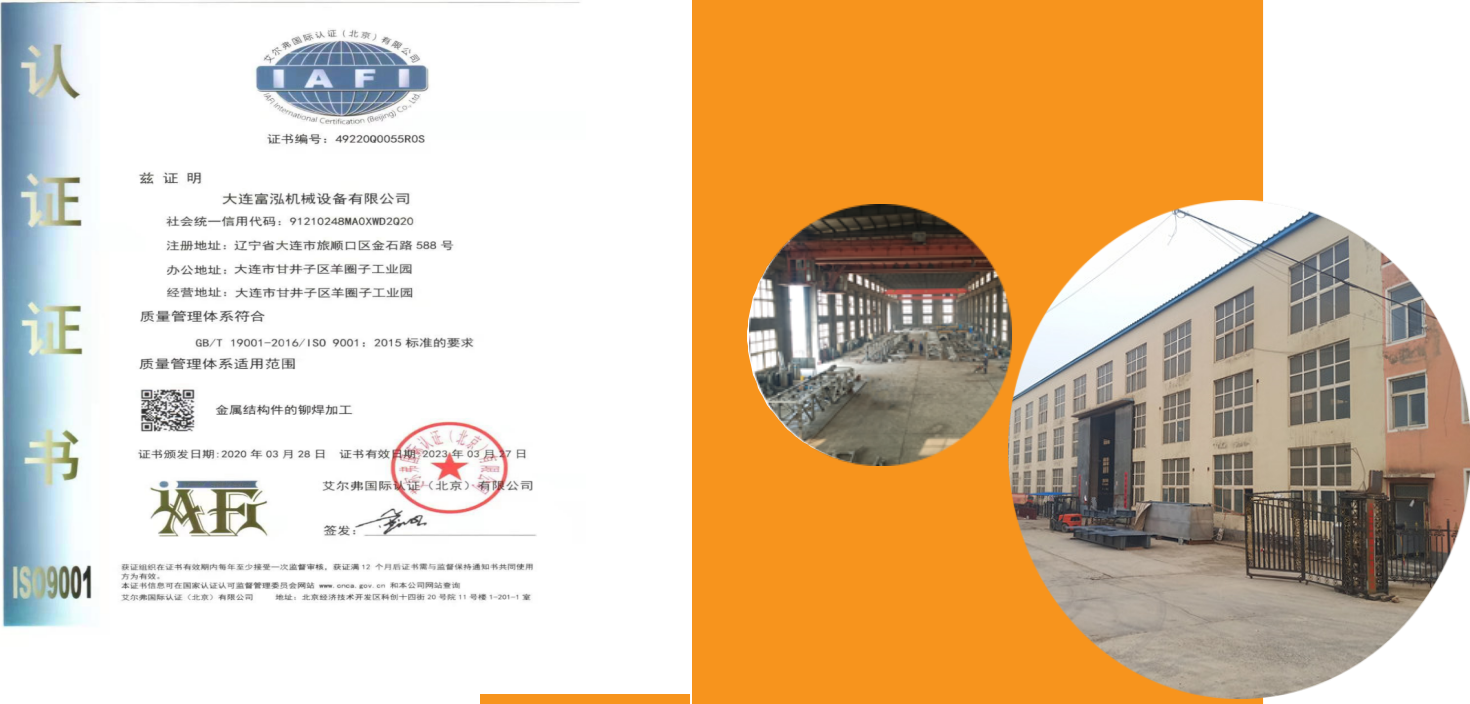
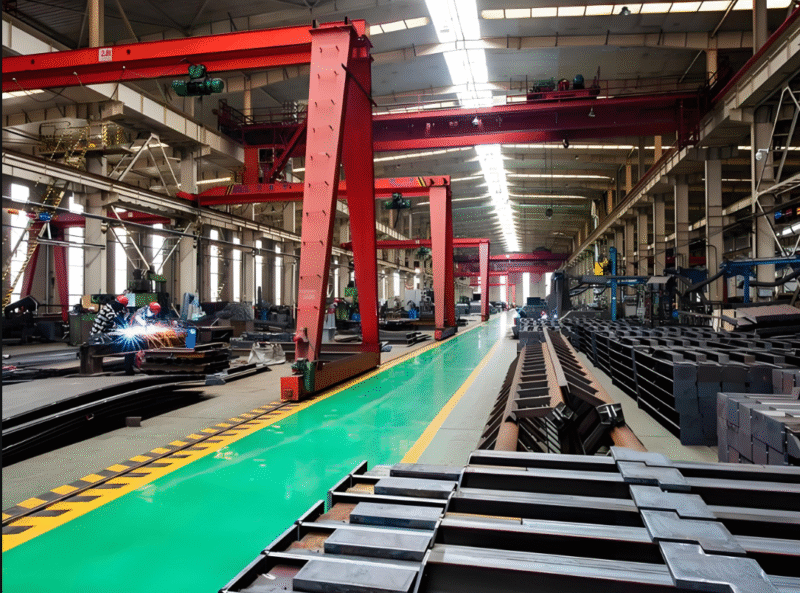

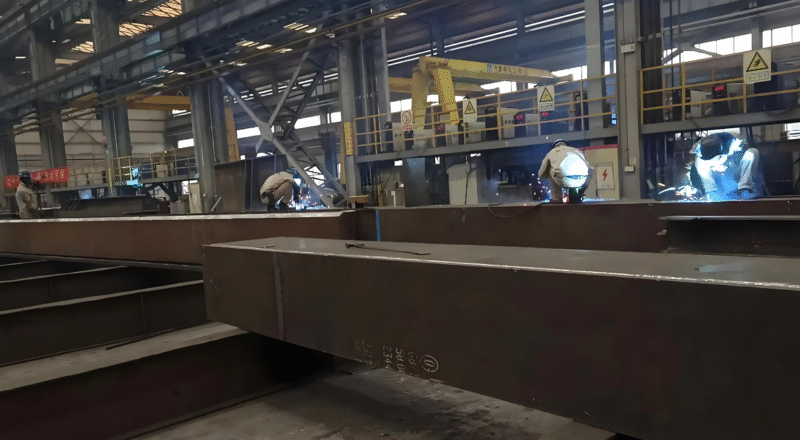
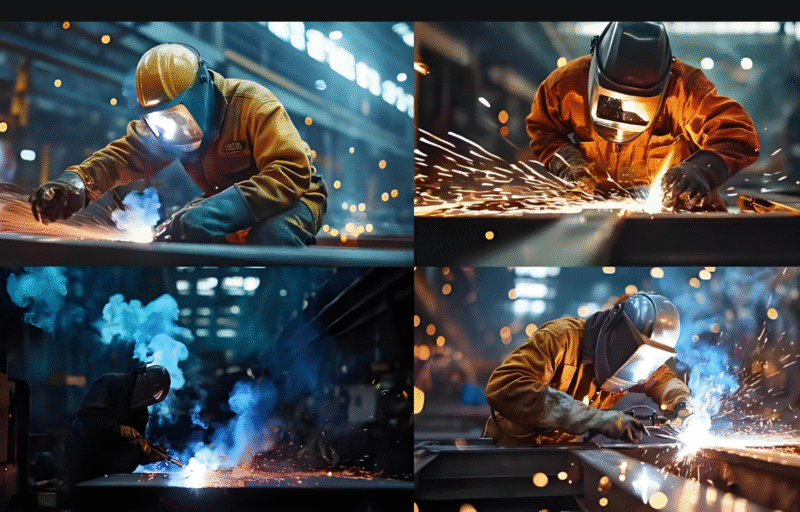

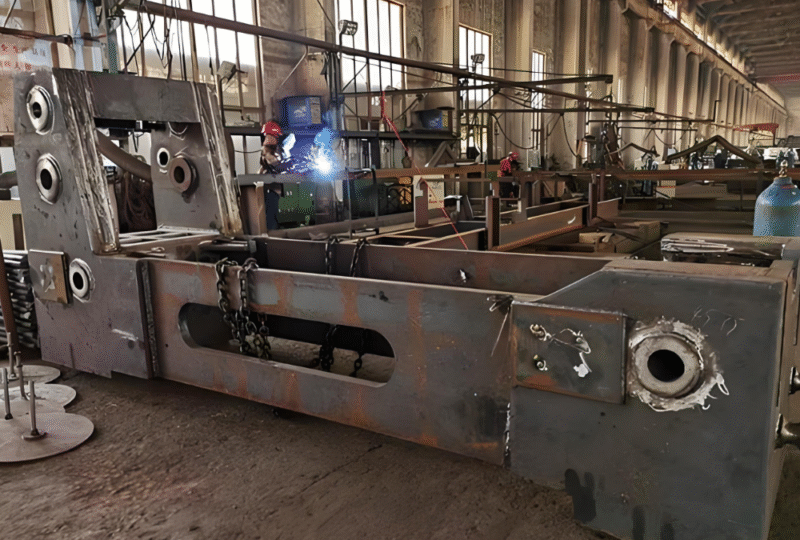

暂无评论内容